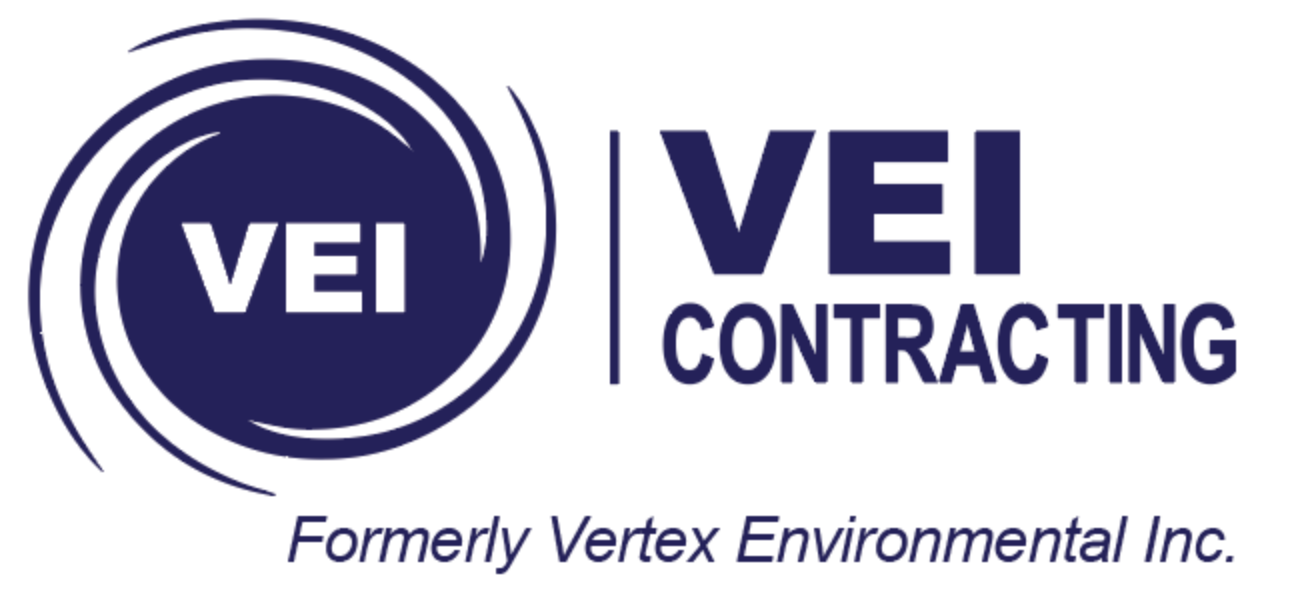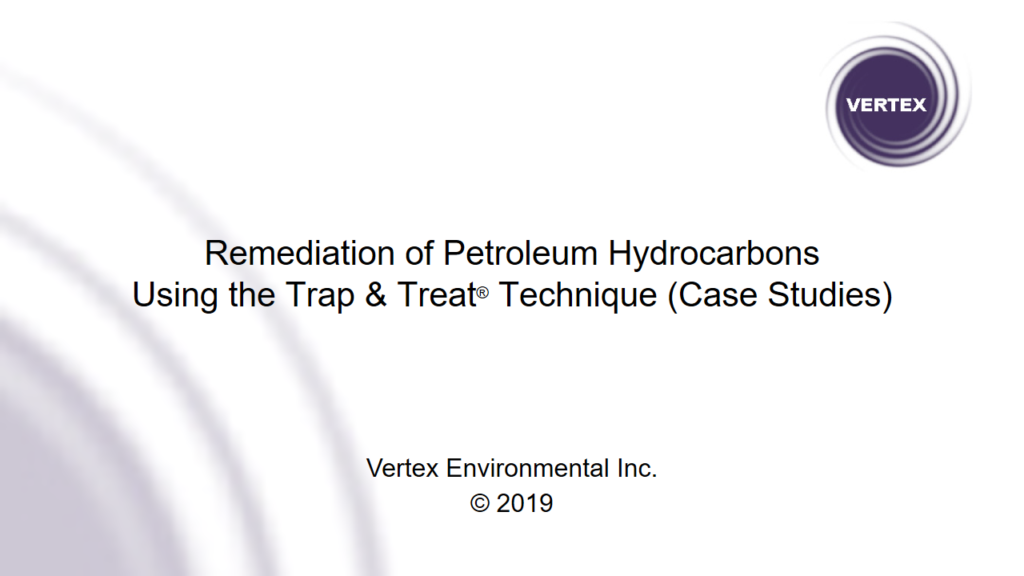Remediation of Petroleum Hydrocarbons Using the Trap & Treat Technique
Conference(s): SMART
Date(s): 2019
Overview
Organic contaminants in groundwater, including Petroleum Hydrocarbons (PHCs) and other organic contaminants, often represent significant legacy environmental concerns at Brownfield and other contaminated sites. Soil is often quickly and easily remediated; however, relatively minor residuals of contamination remaining in the soil (or bedrock) matrix, even at concentrations below soil quality standards, can result in “rebound” of the compounds in groundwater to concentrations above actionable standards. This is due to the slow and steady back-diffusion of the organic contaminants out of the solid matrix over time. This phenomenon, combined with the orders of magnitude lower concentrations typically allowed in groundwater, is often problematic for site closure.
Many common in-situ remedial technologies have significant limitations in addressing back-diffusion including: the requirement for multiple applications of amendments; effectiveness limited to specific contaminants and not others; low persistence; low efficiency; potential for generation of more toxic degradation products, etc. Most of these approaches also require relatively long timeframes to implement (months to years).
In the past several years, Vertex has observed first-hand how injecting Activated Carbon (AC)-based amendments, such as Trap & Treat®, can be used to provide a quick, effective and sustained treatment for PHCs and other organic contaminants in a matter of weeks. Previously, the use of AC in the subsurface was limited due to the finite adsorptive capacity of the AC emplaced. New technologies allow for both adsorption and subsequent treatment of organic contaminants using efficient modalities. PHCs are treated via anaerobic biodegradation, which provides a more efficient and sustained treatment compared to aerobic biodegradation. As contaminants are degraded, adsorption sites on the AC once again become accessible to quickly adsorb more contamination from the groundwater, thus overcoming the back-diffusion challenge.
Real-world, Canadian case studies of sites where these innovative in-situ remedial technologies have been applied are presented and discussed, together with follow-up performance monitoring data. The use of these adsorptive technologies may allow more Brownfields and other contaminated sites to quickly be brought to closure, while minimizing long-term risks over contaminant “rebound”.
Download PDF


